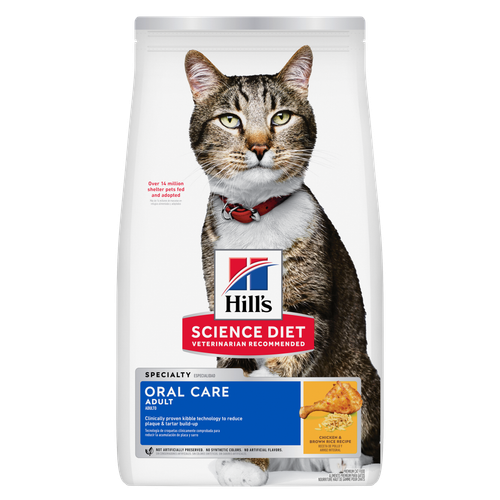Pembroke Welsh corgis are known for their quick intelligence and forceful will. They are active, animated dogs and do not ever want to be left out of the action. In their own minds, they are big dogs in small bodies.
These dogs still handle livestock much larger than they are, and to do so use speed, a quick nip and sheer determination. As all-around farm dogs, corgis undoubtedly hunted vermin and guarded the homestead as well as herding livestock. Corgis need exercise and training with a firm but kind hand to make the most of their talents.
Corgis can be prone to excessive alarm barking and to digging or chewing if left alone too much or not exercised enough. They want to be part of the family and do not do well left in kennels. Most corgis are fine with other pets and children if they have been raised with them. Beware that they will sometimes chase and nip at the heels of small running children because of their herding instincts.
Pembroke Welsh corgis are hardy little dogs.
They require only a quick, weekly grooming except in times of shedding. They need to be watched carefully for developing obesity. These dogs are easy to keep and do well with a minimal amount of food. Added weight can be an extra strain on the long, low back.
Exercise is a must, both for mental health and to keep the weight under control. Corgis are people oriented and thus love to work with them and enjoy training. Despite their appearance, these are athletic little dogs that excel in herding and agility competitions. They are quick to learn tricks and seem to have a sense of humor. They are excellent watchdogs, if anything prone to unnecessary alarm barking.
Perhaps because of their small stature, corgis seem to be attracted to high places and may occasionally be found on the back of the sofa or in the middle of the kitchen table. Corgis do need a firm but kind hand in training. If left to their own devices, they can be manipulative and will take charge themselves.
As the name implies, the Pembroke Welsh corgi was developed in Wales in the Pembrokeshire area. The Cardigan Welsh corgi is the older of the two corgi breeds and undoubtedly was used in the development of the Pembroke. Other possibilities are the introduction of the Pembroke into Wales by Flemish weavers in the 10th century, and the descent of the Pembroke from Swedish Valhunds brought to Wales by the Vikings.
The word corgi has different meanings; it is Celtic for "dog" or cor for "dwarf" and gi for "dog." Whatever the meaning, corgis were originally used as all-around farm dogs, particularly good with cattle. With their low stature, they nip cattle on the heels and then duck to avoid the kicks. Being small, they were less expensive to maintain, and the docked or natural bobbed tail meant that they were working dogs and exempt from taxes.
The Pembroke Welsh corgi as we know it today separated from the Cardigan corgi in the early 1930s. A gift of this dog to the Queen of England and her subsequent love of the breed has helped to make these dogs popular the world over as family pets. Even many non-dog lovers have fallen for the corgis in the exquisite books and paintings of Tasha Tudor.























